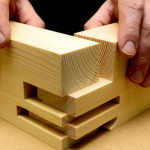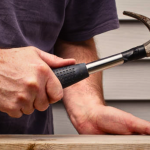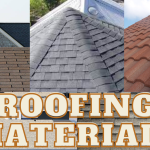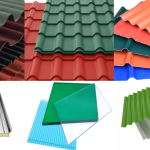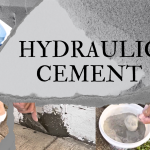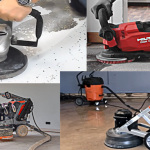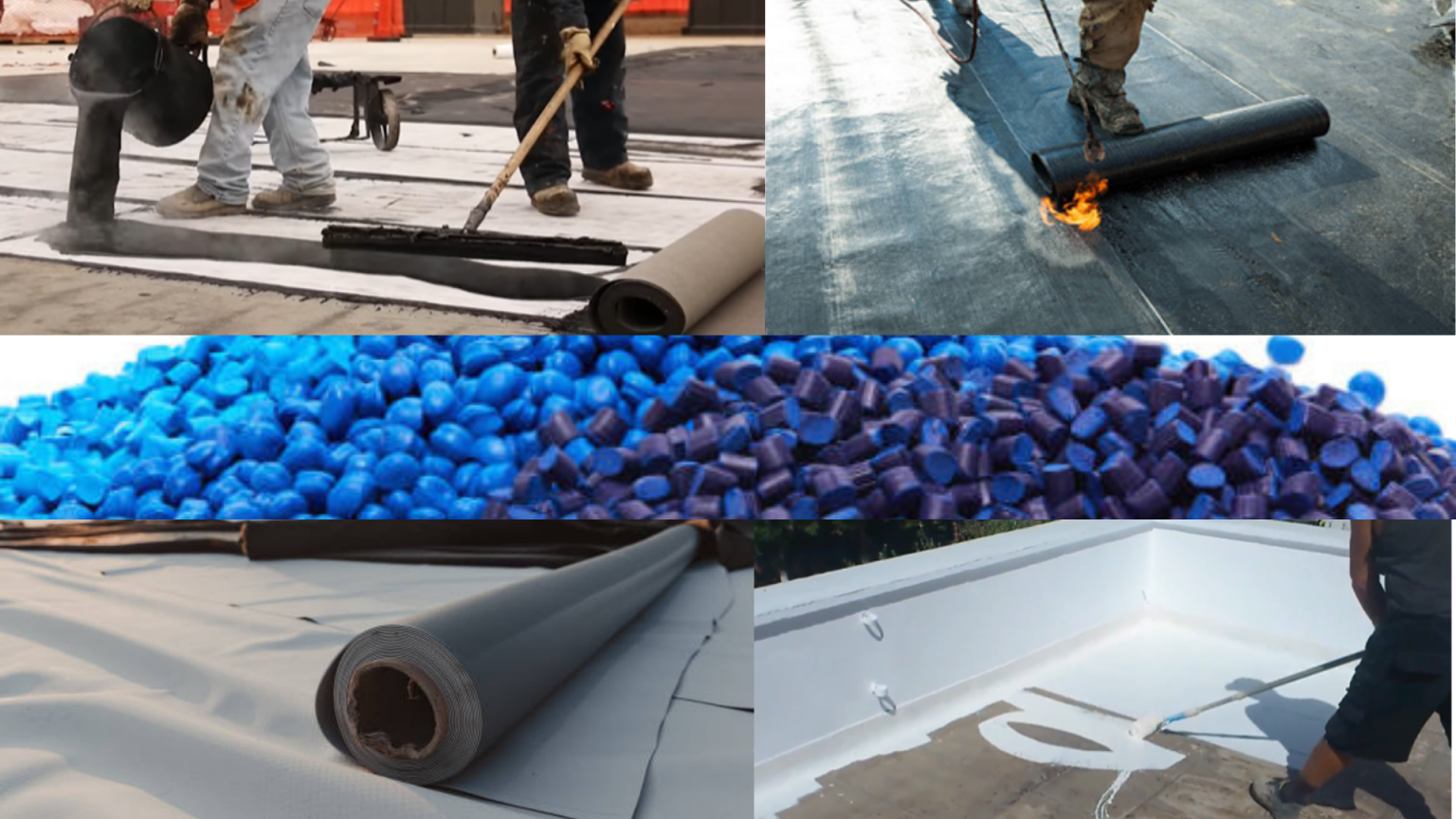
Waterproofing materials come in a variety of forms. Waterproofing, as you should be aware, will have a significant impact on your life. Your home will experience serious issues if it does not have the proper waterproofing. For a variety of reasons, waterproofing is essential. It’s perfect for use at home, in your vehicles, for a variety of wardrobe items, and even on the family boat. Keep in mind that not all waterproofing materials are appropriate for every application. As a result, you must make certain that you obtain the appropriate waterproofing materials for your specific requirements.
What is waterproofing?
Waterproofing is the process that makes a structure water-resistant or impervious to water ingress. Waterproofing is important because it prevents water from entering buildings and keeps the interiors dry. It helps in lowering humidity inside the building, hence preventing damage to furniture and other materials.
The technique and waterproofing materials to use are determined by the area of the structure to be insulated. The three most common scenarios are shown below.
Waterproofing Application on Roofs
When it comes to water infiltration, the roof is one of the two most vulnerable components of a structure. Roofing materials are generally watertight, yet this is insufficient. Roofs are susceptible to significant wear and tear and should endure at least 4-5 decades. Additional waterproofing materials must be added.
They are either applied as a protective coating to the roof or installed as part of the roof structure. A competent contractor can advise you on the best waterproofing materials based on the kind of roof and the environment in your location (average number of rainy days per year, air humidity, etc.).
Waterproofing on Walls
Waterproofing systems for walls must give more than just water protection. Vapor barriers and air barriers must also be included. Otherwise, moisture might become trapped in the masonry and carpentry behind the insulation, causing mould, mildew, and/or fungus to spread.
Balcony and Terrace Waterproofing
Waterproofing building materials for the balcony and terrace must meet a number of requirements, including UV resistance and flexibility. Temperature fluctuations cause small movements on balconies and terraces. Under the normal lifespan of these materials, rigid waterproofing materials would break and require repair or replacement in a short period.
TYPES OF WATERPROOFING MATERIALS
It’s just as vital to take care of your structure as it is to choose the correct materials for it. As a result, you must be aware of the many types of waterproofing materials available for your job.
POLYURETHANE
Polyurethane is one of the most effective waterproofing compounds. It can be applied smoothly and evenly, and it penetrates the surface thoroughly. As a result, the polyurethane membrane will fill in even the smallest cracks in concrete, diminishing its ability to absorb water. Polyurethane also resists oil, detergents, and different chemicals.
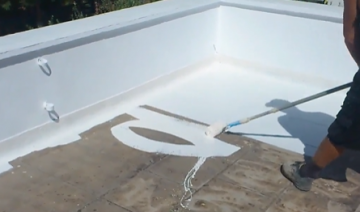
Due to these qualities and advantages, polyurethane is one of the most adaptable waterproofing compounds. It may be used on walls, balconies, terraces, walls, roofs, and bridges, among other things.
CEMENTITIOUS COATING
Cementitious coating is a powdered mixture of sand, organic and inorganic compounds, and silica-based materials. It is quite popular among waterproofing contractors because of its ease of application. They merely need to mix the powder with a particular amount of water to begin the installation process. Some of the applications include water treatment plants, ports and docks, and parking tunnels
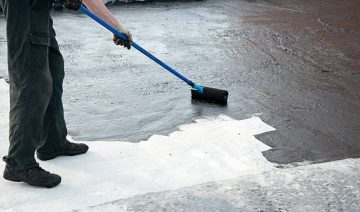
EPDM RUBBER
EPDM rubber is one of the most commonly used roof waterproofing materials. It is consists of two thicknesses: 45 mil and 60 mil. The main advantage of this waterproofing solution is its flexibility, which is important for roof waterproofing since it expands and contracts regularly owing to temperature differences. Among the applications are the roof, windows, and wood.
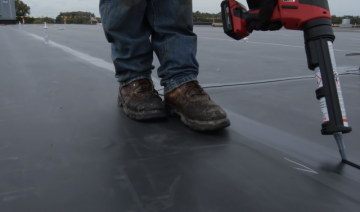
RUBBERIZED ASPHALT
This is one of the waterproofing materials often used on commercial building roofs. It is an extremely robust and flexible material that provides good protection against all weather conditions and has very low water vapour permeability. It also dries swiftly, approximately 3–4 hours after application. It may be used on rooftops, plazas, parking lots, and terraces. Cement chemicals are also employed in a variety of fields at the structural masonry level.
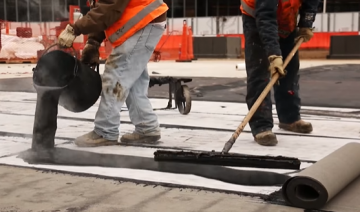
THERMOPLASTIC
This is one of the most durable waterproofing materials, lasting around 50 years. Thermoplastic becomes semi-solid when heated sufficiently, making it a great choice for sealing sheets and panels. Thermoplastics are flexible and impact resistant due to the presence of elastomers. Examples of application places include elevator pits, decks, and fountains.
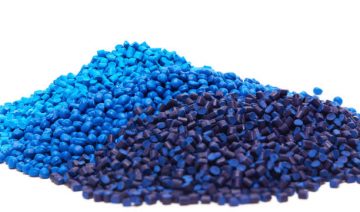
BITUMINOUS MEMBRANE
The bituminous membrane is made by combining bitumen (a substance comparable to tar) with a combination of materials and is suitable for both commercial and residential construction. The outcome is a sticky, viscous product with a long shelf life.
However, because it is manufactured from crude oil, it is neither an environmentally friendly nor a long-lasting waterproofing solution. Bituminous membrane, on the other hand, offers a low application cost of $2.73 to $5.21 per square foot.
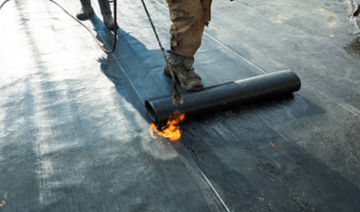
There are two ways to apply bituminous materials:
- Roll roofing material method
- Roofing felt method
NOTE: While the bituminous membrane provides great water resistance, severe temperatures and UV radiation can harm it. It is able to avoid this problem when modified with acrylic or polyurethane-based polymers.
WATERPROOFING PAINTS
The waterproof paint protects the structure from the elements and extends its life. As a result, it is either waterproof or water resistant.
Inside structures, this paint can be used in bathrooms, kitchens, basements, and other areas. As a result, it keeps leakage and excessive moisture out of bathrooms and basements.
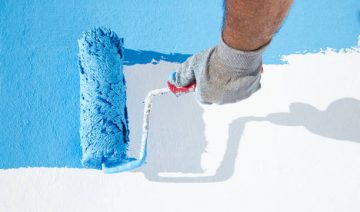
Waterproof bathroom paint keeps moisture out. As a result, these paints are favoured over standard paints since the latter will not withstand moist circumstances as well as the former. Furthermore, if moisture gets into the walls, mould and mildew will grow, causing structural damage as well as health issues.
TYPES OF WATERPROOFING PAINT
Waterproofing paint, also known as waterproof paint or damp-proof paint, is a coating applied to surfaces to prevent water penetration and moisture damage. Here are several types of waterproofing paint commonly used:
EPOXY WATERPROOFING PAINT
Strong chemicals are used in epoxy paints for waterproofing to combat extreme damp conditions and protect the surface. They also create excellent waterproofing paint for roofs and terraces.
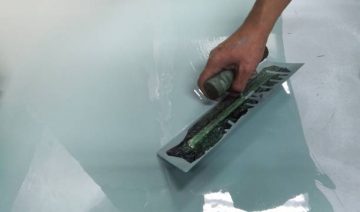
MASONRY WATERPROOF PAINT
The masonry waterproof paint is typically used on roofs and is made from a blend of latex and ceramic paint. Additionally, this paint absorbs chemicals and other liquids as easily as water and prevents them from infiltrating the inside. It also supplies cement waterproofing chemicals.
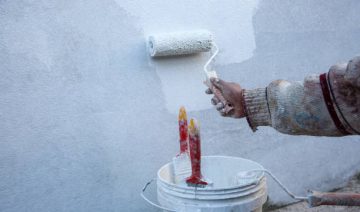
ACRYLIC WATERPROOF PAINT
This paint is ideal for roofs and terraces made of rectangular blocks. This roof and terrace paint also contracts and expels water from the surface. This roof waterproof paint is also non-toxic and simple to apply.
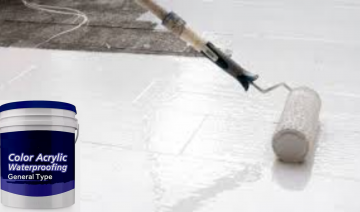
Advantages of Waterproofing
- It maintains the structure dry and solid.
- As the interior humidity is reduced, the building becomes more comfortable to live in.
- No water vapour or humidity harms things.
- Building that is more durable.
How can you tell whether your building has a waterproofing problem?
If any of the following signs appear in your building, you may be certain that it needs further attention:
- Growth of mold and fungi
- Wet and damp walls
- Water leakage from the roof/ ceiling
- Rotting signs
- Pooling water
Furthermore, all of these issues have the potential to impair the building’s interiors as well as its basic basis. As a result, we must take care of our building and keep these issues at bay.


